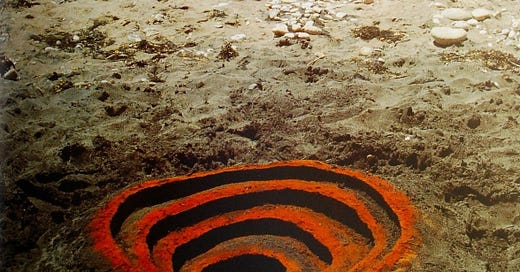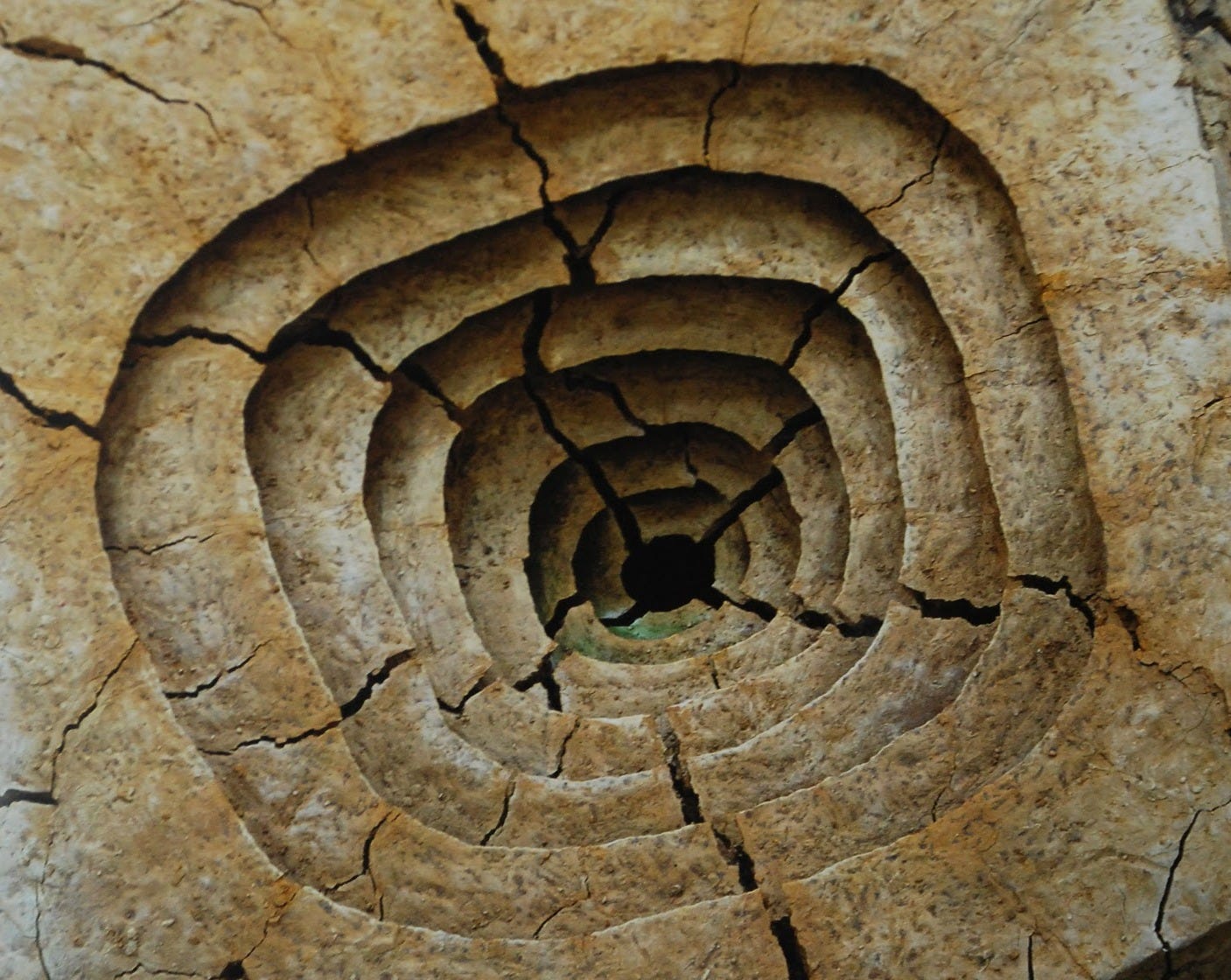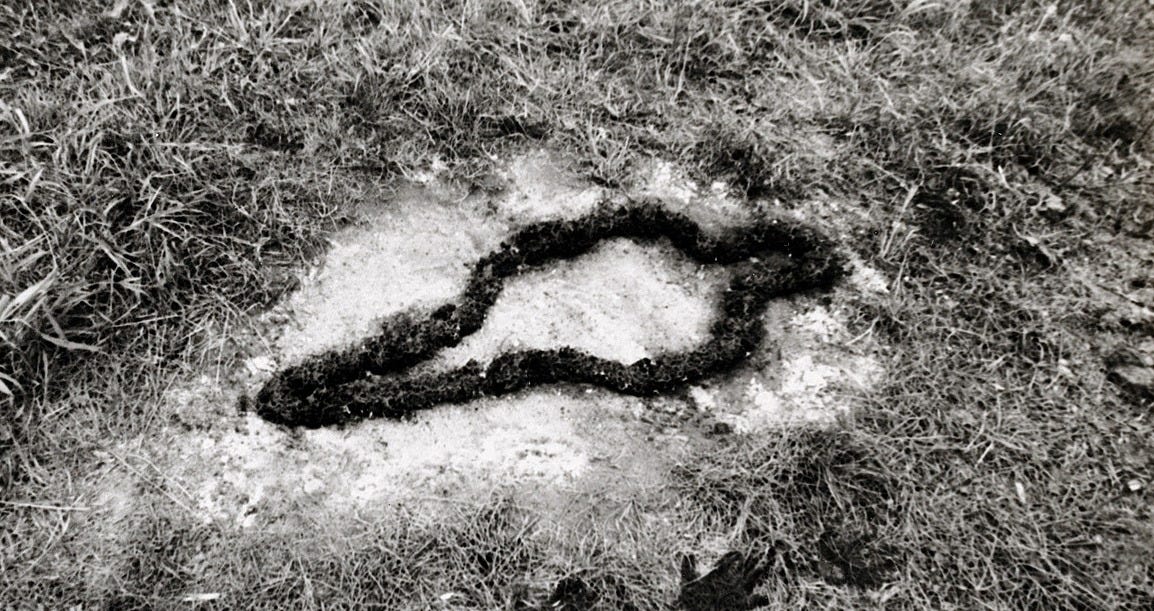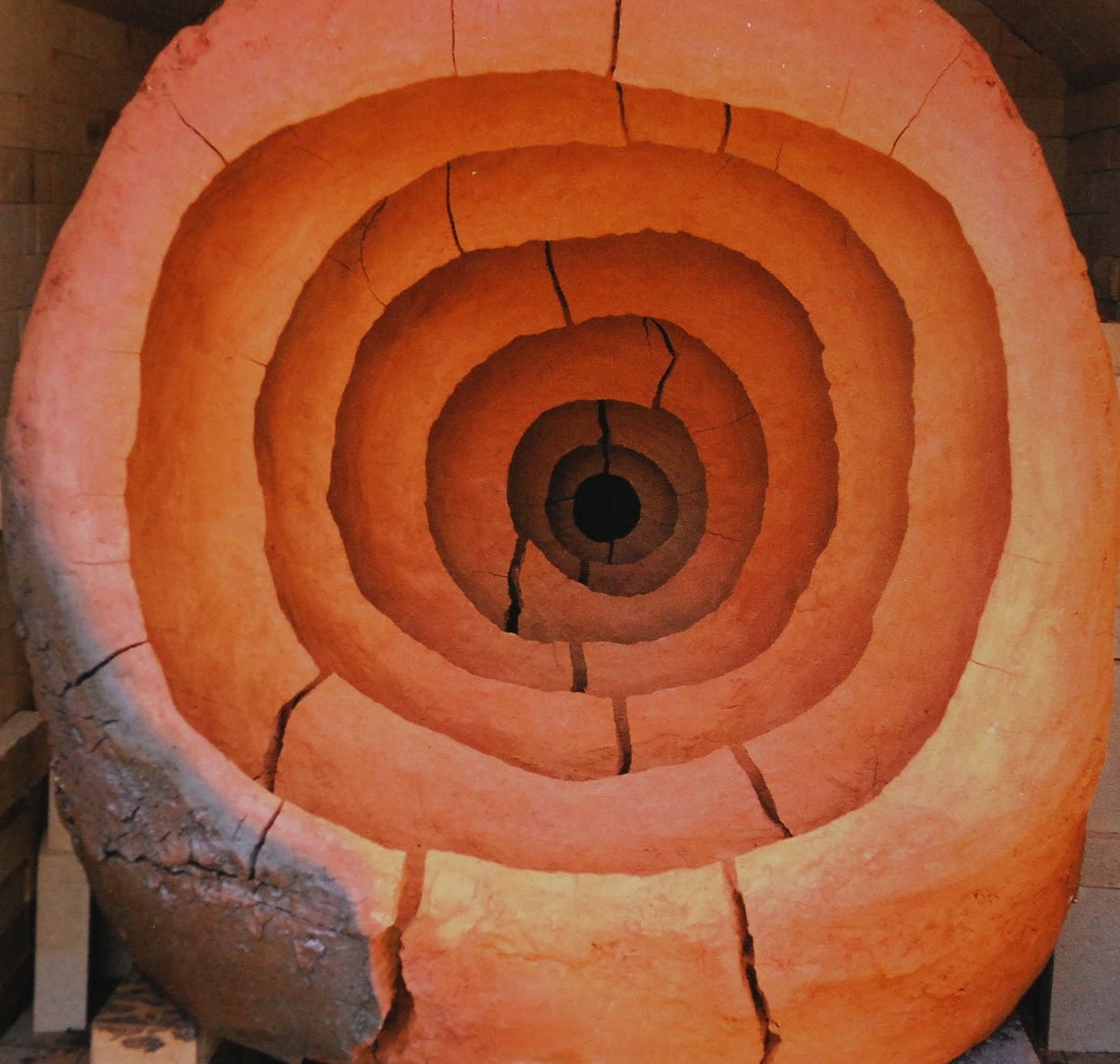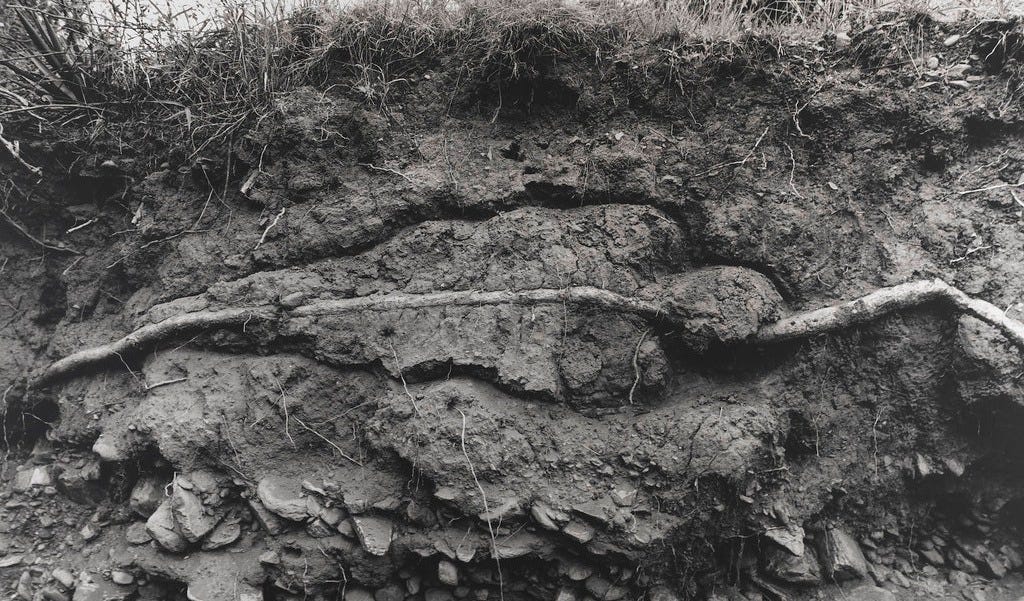Sinkhole Psychodrama: Persephone’s Descent Through Land and Body
I. Cracks in the Story
There are always cracks in every story.
Where does myth begin? With the earth and what opens up when the surface breaks. I think humans are like this too, full of cracks in our stories.
If you have been reading me for some time, you will know that I’ve been returning, again and again, to the myth of Persephone. The story speaks of descent, sure, and it also traces a map. A path etched in the land and in the body. Allow me to walk with you, as we map this mythic landscape.
The version of the story I’m drawn to right now doesn’t begin in autumn. It begins in spring, with the Narcissus in bloom, as it is right now, as I write these words.
It is said that Persephone bent down to pick the flower. And then the earth opened up like a beastly mouth. And it swallowed her whole.
II. The Land Beneath
“There is a crack in everything, that's how the light gets in” - Leonard Cohen
I recently learned that sinkholes were common across regions of ancient Greece. These are karst landscapes, porous limestone terrains shaped by underground rivers and long erosion. The rock thins. Water carves a hidden channel. The ground collapses.
A sudden rupture.
A crack.
A mouth in the earth.
A path that leads below.
In Greek myth, the underworld isn’t always a metaphor or a Jungian motif. It’s often a place with coordinates, a crack in the hillside, a cave mouth, a river tunnel that leads elsewhere. There are many known entrances to Hades in the ancient Mediterranean imagination, many of them tied to real geological features. Some of which can still be found today.
It makes me wonder: what if this myth was seeded by the terrain itself? What if the story of Persephone was not only told in words, but written into the folds and ruptures of the land?
A topography of descent.
A body with openings. A terrain of memory and rupture.
The sinkhole, in this sense, becomes more than a geological phenomenon. It becomes a portal. A wound and a womb. An invitation to consider the earth not as stable ground, but as something living, shifting, reactive.
What happens when the world below breaks through? What truths open up when the crust gives way?
The Persephone myth can speak to this rupture as reorientation. Perhaps the beginning of something we can’t yet name.
These landscapes were known intimately, and held with reverence. The underworld could be accessed through real places, caves, fissures, hot springs, holes. Entrances to Hades are part of the topography of our stories.
III. The Earth/Body
These earthly ruptures mirror something else too: the openings of the body. Recently I was a guest on the podcast Moon to Moon with Britten LaRue, and we talked about the Taurus–Scorpio polarity not only in symbolic terms, but in how it lives in the body: Taurus ruling the throat, the voice, the passageways where sound and breath emerge; Scorpio connected to the genitals, the hidden cavities, the sites of intensity, entry, and release.
These are gateways, too. Portals of expression and vulnerability. Mouths and folds, songs and wounds, orgasms running from the throat all the way down to the genitals and back up again, a sacred loop.
And so the descent is not only mythic or geological.
It is anatomical. Somatic. Sensuous.
The body, like the earth, has places that open when touched.
Places that ache.
Places that remember.
IV. Seasonal Soil, Shifting Stories
Myths often carry the residue of the places that birthed them. They hold the climate. The soil. The seasonal rhythms. And they shift depending on where we stand. From where am I telling you this story right now?
In Greece, summer is the death season, in a way. It is arid, hot, burned bare, slow. In that climate, it’s the autumn rains that coax life back into the soil, not spring. And so the descent of Persephone, the mourning of Demeter, the return of the green, these aren’t simply allegories. They’re agricultural cycles, expressions of earth-based survival and storytelling.
Myth, then, is not a fixed inheritance.
It is alive in territory.
It is shaped by water, heat, and stone.
In the same way, it can be reshaped by us, by where we are standing in the world, and how we listen and where we listen from. I feel profoundly moved by this, it brings a sense of responsibility when encountering these stories, it requires care, deep listening, reverence to the land and the people that created them.
V. Moon to Moon
Some of these threads opened more fully in conversation this week, when I joined the fab Britten LaRue on her podcast Moon to Moon. We followed the story of Persephone into the soil and the body: tracing the shape of descent, the voice of rage, and the strange fertility of the underworld.
We wandered into terrain both mythic and personal, rage, sensuality, voice, the Taurus–Scorpio body, monsters, spells, the magic of words. Much gratitude to Britten for having me on, and for creating the space to have these types of exploratory and magical conversations. We are all better because of it!
🎧 Moon to Moon: Contemplating the Chthonic
VI. Chthonic Invitations
If you are turned on by these images and topics: they live inside Chthonic AF, my Taurus-season course that begins very soon, on April 19. It’s an offering made of earth, myth, monstrosity, sensuality and more.
We’ll move through stories like Persephone and Demeter. We’ll sit with sacred rage, ritual practice, and the monstrous body. We’ll trace myth through art and sound, through the senses, through the soil.
It’s open to all. It’s gentle. It’s strange. It’s alive. I would love to see you there. If you have been circling around this offering, I invite you to say yes to your curiosity. May it crack open something inside of you.
You’re also invited to retreat with me in Greece this June where I am really going to go off with these topics. Imagine, speaking and breathing all of this, from the actual territories, with feet rooted in the land as we look up at the skies to make connections. I mean: FUCK YES? Am I right?!
Only 3 spots left for the Full Moon session. June 5-12
Thank you for being here.
With love,
Mariola

